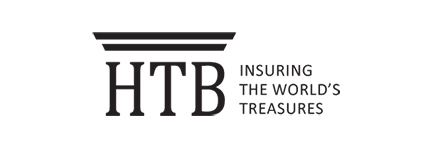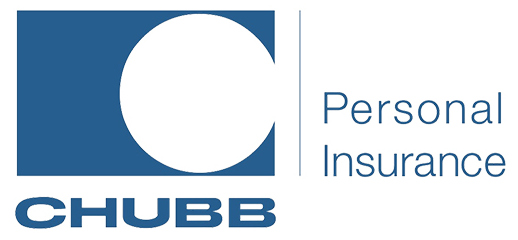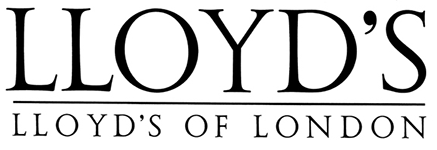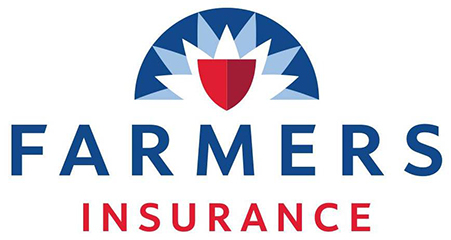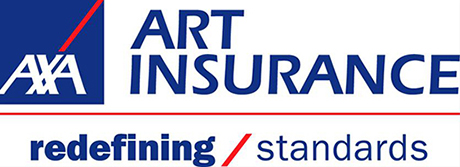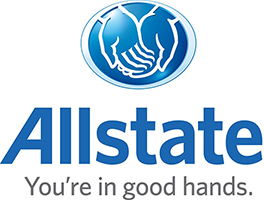Insurance Coverage with Art of Estates
An Insurance coverage appraisal is used for the scheduling of personal property contents. Replacement Cost (or Value) is the concluded value to one or more items for an insurance company to compensate the owner in the event there is damage, loss, or theft. This valuation could be made before or after a loss depending on the situation and intended purpose of the appraisal. Below, we’ll discuss some of the elements you should consider if you want, are considering, or have been told to get an appraisal for insurance coverage purposes.
Times when you should consider getting an insurance appraisal:
- Before catastrophe season (floods, tornadoes, fires, hurricanes, flooding, earthquakes, etc)
- If you are planning on storing your art outside of your home
- When making coverage changes to your insurance policy
- Before you start babysitting kids or grandchildren
- When searching for a new insurance agent or agency
- Before you host a large event, celebration, or holiday parties
- If you’re unsure of value for insurance coverage
- Before you hire a part-time, full-time nanny or maid
- Prior to hiring an interior decorator or designer
- If your last appraisal is more than 5 years old
- In the event of a dispute on value
- Prior to a major remodel
- Before Downsizing
- Before Moving
- After a Loss

Personal Property Insurance Thresholds
Most insurance companies cover their client’s personal property up to a certain dollar amount, also referred to as a threshold, without having to pay additional fees to cover their paintings, antiques, porcelain or other general personal property areas and categories that may exist in home, office or in some of our client’s circumstances, the vacation home. Personal property covered by a normal insurance policy can reach up to $50,000, $100,000, $500,000 and in some cases, like museums, a blanket policy that covers nearly everything. The blanket policy usually has a high value of property or inventory involved so that the insurance company has an idea of what coverage may look like in a catastrophic event. It’s up to the insured to make certain that their insurer knows what is covered, what isn’t and to what extent they would like the policy to cover.
There are 4 reasons why you will need an insurance appraisal.
BEFORE a loss occurs, referred to as a pro-active approach.
1. You want to make sure the property you own is properly covered by insurance.
An appraisal will provide a snapshot in time of its value, but will allow the property to be photographed with condition and value-added elements professionally documented in the event an insurance claim comes about.
2. You really don’t know how much your personal property is worth, therefore you don’t know how much it should be insured for in the event of a loss.
It’s hard to remember all the personal property you’ve purchased and how those can really add up to a lot of money. That painting you bought at the art fair in Aspen or that Paul Evans table you bought from an auction house. Based on thresholds you’ve determined along with your insurance agent, which will be based on your type of policy, we can help you decide which types of personal property should be appraised, uniquely listed and properly underwritten on your policy. In other words, you should call your agent and have a legitimate conversation about that threshold and find out how your policy is paid out in the event of a loss. You can even tell your insurance agent that Art of Estates asked you to call them.
AFTER the loss has occurred, referred to as a
3. You were covered by some form of insurance and now there has been a loss.
Now there’s a question about how much should be paid out for your losses using old images or fuzzy memory, lacking the proper value-added elements that you believe is required to make you whole again.
If you know where the value is in your home, you should consider getting it professionally appraised. Send us some photos on our Appraisal Online page for a no-obligation estimate.
4. You were insured for your residential contents, you’ve had your property appraised 10 years ago, but do not have a recent appraisal.
Well, this has some pros and cons. The pros are that you have some of your personal property listed. The con is that a not all of it is listed and what isn’t listed will have to be conjured solely by memory. A memory that will possibly remind you for years about that item you once had.
Pros, an outdated appraisal is better than no appraisal. Unfortunately, unique categories throughout the personal property market change and with this change come adjustments in value. The cons are that you may be paying way too much for your policy today.
Another reason you should have your appraisal updated is that you probably have more property now. You might have a property that you have now sold at auction that is no longer in your possession, but you’re still have listed on your policy. You could potentially have new condition issues with your property’s conservation that you walk past every day but never realized that the sun was fading or its proximity to a steamy shower is now exhibiting signs of moisture damage. These are the types of concerns and issues that may be discovered during an onsite visit from appraiser providing appraisal services. After all, we’re being hired to prevent issues, not create them.
In the event there is a total or large loss, which usually includes your home, it will normally require you to relocate into a temporary housing situation. Having dealt with families in the past in these situations, this process will be traumatic for the entire family. Day after day you’ll remember more things that you no
Clarity of Values
There are five categories within the Replacement Cost (or Value)approach for your insurance coverage appraisal report, referred to as the Replacement Cost (new), Replacement Cost (used), Replacement Cost (new less depreciation), Production Cost (manufacturer to replace), and Reproduction Cost.
The insurer and the insured, should always be honest about the values of their assets covered in an insurance policy to reduce the potential for fraudulent behavior by either party. The personal property owner should also do so with the appraiser to prevent problems within a claims process.
Regardless of what the insured claims the property may be worth, in the event of a loss without an accredited appraisal, the property may still be subject to the appraisal process and may not pay out to the claimant as previously perceived. In other words, personal property should not be deflated or inflated in value because both sides present a myriad of curious concerns.
We can, and have, provided restoration quotes for claimants and post-damage estimates for insurance companies in the later stages of the insurance claim process. We know it’s complicated, and with our expert experience with the insurance process we’ll provide the report required for your personal property.
Insurance Terms to Know
Floater Policy: A type of insurance policy that covers property that is easily movable and provides additional coverage over what normal insurance policies do not. This can cover anything from art to expensive clothing accessories.
Underwriter: Any entity that is responsible for evaluating and assuming another entity’s risk, for a fee such as a commission, premium, spread or interest.
Blanket Policy: Blanket insurance provides more than one type of coverage using a single policy with a single limit. It can provide multiple types of coverage on one property, or group several properties together under one blanket policy.
Deductible: The amount which you agree to pay, per claim or per accident. This is subtracted from the total amount paid by your insurer. If the claim is $500 and your deductible is $100, you pay $100 and your insurance company will pay $400. The higher the deductible, the lower your premium will be for the policy.
Proof of Loss: Documents that you give to the insurer to support your request for payment of losses. The company uses these documents to determine whether and how much it will pay. (Ex. Police report and written repair estimates from automobile body shops.)
Exclusions: Provisions that explicitly limit the coverage provided by a policy.
Scheduled Personal Property: Additional coverage that’s over and above the typical coverage in a homeowners’ insurance policy. Scheduled personal property protects valuable items that are out of the ordinary and need to carry separate coverage to ensure that their full value is covered in the event of a claim.
Binder: A temporary written or oral insurance contract which is effective until it is replaced by a regular policy.
Adjuster: A person who investigates claims and recommends settlement options based on estimates of damage and insurance policies held.
Provisions: A list of actions a policyholder must take in order to make an insurance claim. Included in provisions can be additional specifications of the insurer’s responsibility to the insured.
Aggregate: The maximum dollar amount or total amount of coverage payable for a single loss, or multiple losses, during a policy period, or on a single project.
Actual Cash Value: Repayment value for indemnification due to loss or damage of property; in most cases it is replacement cost minus depreciation
Negligence: Failure to exercise reasonable consideration resulting in loss or damage to oneself or others.

